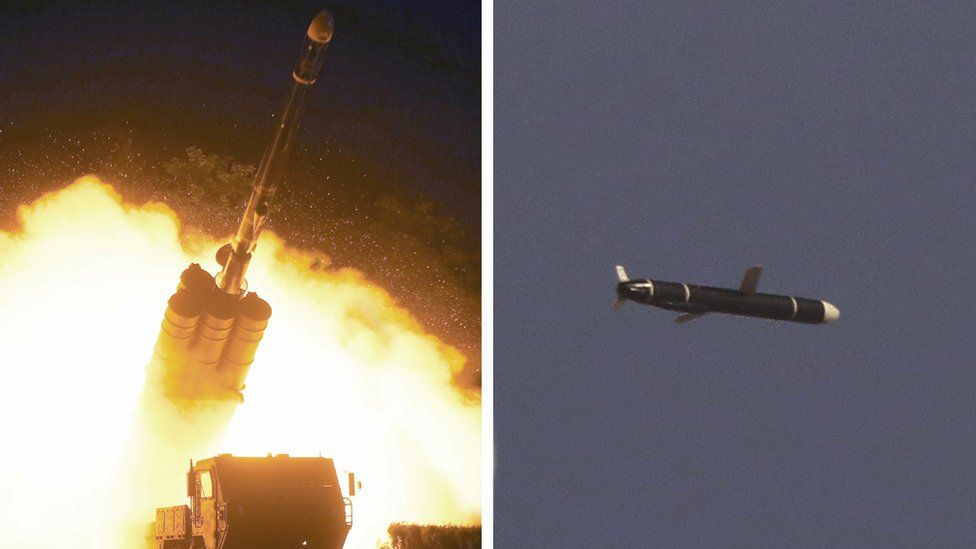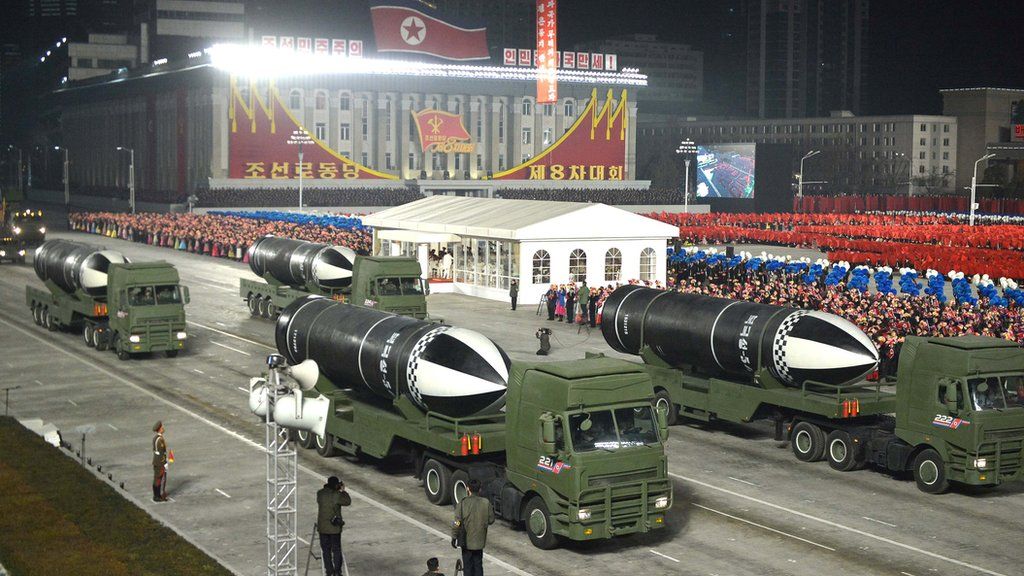It is almost being admitted by the CDC and the Biden administration that Covid and Omicron is over. Hospital vacancy is in a good place and those affected by any type of variant are being treated by countless therapeutics with recorded success. Meanwhile, the lockdown and mask policies across the country is finally being evaluated and rightly so. But the mainstream media just refuses to publish new truths and statistics.
NR: The authors of a new paper on the impact of Covid-19 lockdown measures may also have to go into hiding, for revealing their true impact on everyday people. The paper from Johns Hopkins University, “A Literature Review and Meta-Analysis of the Effects of Lockdowns on COVID-19 Mortality,” compares several dozen studies of the impact of lockdown measures in the early part of the pandemic. The authors conclude that “lockdowns have had little or no effect on COVID-19 mortality.” This review of basically all the relevant studies demolishes the elites’ entire justification for ruinous lockdowns.
The authors, hailing from Denmark, Sweden, and the U.S. (the American, Steve Hanke, is a contributor to this publication) sifted through thousands of studies to focus on 34 that met their search criteria, looking at lockdowns all around the world. They then compared the data and conclusions.
The paper starts by noting that “an often cited model simulation study by researchers at the Imperial College London (Ferguson et al. (2020)) predicted that a suppression strategy based on a lockdown would reduce COVID-19 mortality by up to 98%.” The Imperial College simulation was among the sources used by public-health authorities to justify the earliest lockdowns. It turned out to be more than 98 percent wrong.
According to the authors, the most-precise studies found no statistically significant effect of lockdowns on mortality. Looking at the 24 studies from which excess mortality rates could be calculated in comparison to a standardized metric for severity of lockdowns, the authors estimated that severe lockdowns may have reduced Covid-19 mortality by perhaps 2 percent. That amounts to perhaps 1/20th the number of people who die from the flu every year, and to save people from the flu, our public-health authorities resort to little beyond facilitating the provision of flu shots.
But on further investigation, the impact appears to have been even smaller than that. “Indeed, according to stringency index studies, lockdowns in Europe and the United States reduced only COVID-19 mortality by 0.2% on average.” In summary, “Based on the stringency index studies, we find little to no evidence that mandated lockdowns in Europe and the United States had a noticeable effect on COVID-19 mortality rates.”
Some studies actually found that lockdowns increased Covid-19 mortality, particularly in the case of the most severe “shelter in place” lockdowns: “Although this appears to be counterintuitive, it could be the result of an (asymptomatic) infected person being isolated at home under a [shelter-in-place order] can infect family members with a higher viral load causing more severe illness.”
According to some studies, lockdowns that limit gatherings may have increased Covid-19 mortality by as much as 1.6 percent. The authors speculate that because lockdowns limited peoples’ access to safe outdoor places where they could gather without masks, the lockdowns pushed people to meet at less-safe (indoor) places privately. “Indeed, we do find some evidence that limiting gatherings was counterproductive and increased COVID-19 mortality.”
The authors found similar results for mask mandates, though the relevant studies were more contradictory, likely due to small sample sizes. (The study reviews lockdowns in the early pandemic, when mask mandates were not uniformly adopted). The much richer data set from other airborne influenzas found that “wearing a mask probably makes little or no difference to the outcome of laboratory-confirmed influenza compared to not wearing a mask.”
The authors did find that “only business closure consistently shows evidence of a negative relationship with COVID-19 mortality, but the variation in the estimated effect is large. Three studies find little to no effect, and three find large effects.” Moreover, the most effective business closures appear to be bar closures.
One of the study’s more depressing findings is that lockdowns appear to have been heavily driven by intergovernmental peer pressure. “In short,” the authors note, “it is not the severity of the pandemic that drives the adoption of lockdowns, but rather the propensity to copy policies initiated by neighboring countries.”
Further, the review uncovered a significant disconnect between the data and the conclusions drawn in several papers. “We base our interpretations solely on the empirical estimates and not on the authors’ own interpretation of their results,” the authors write.
Where the authors found significant impact on mortality was in people changing their own behavior as a result of relevant information about risks and mitigation. “What Bjork et al. (2021) find is that information and signaling is far more important than the strictness of the lockdown.” Milton Friedman must be smiling up above. According to the authors, “it should be clear that one important role for government authorities is to provide information so that citizens can voluntarily respond to the pandemic in a way that mitigates their exposure.”
The paper’s conclusion should close the book on all the lockdowns:
The use of lockdowns is a unique feature of the COVID-19 pandemic. Lockdowns have not been used to such a large extent during any of the pandemics of the past century. However, lockdowns during the initial phase of the COVID-19 pandemic have had devastating effects. They have contributed to reducing economic activity, raising unemployment, reducing schooling, causing political unrest, contributing to domestic violence, and undermining liberal democracy. These costs to society must be compared to the benefits of lockdowns, which our meta-analysis has shown are marginal at best. Such a standard benefit-cost calculation leads to a strong conclusion: lockdowns should be rejected out of hand as a pandemic policy instrument.
Other experts are starting to speak up along similar lines. Dr. Vinay Prasad of UC–San Francisco speculates in a series of tweets that the Biden administration is obsessed with pushing mandates on the low-risk population perhaps because it has few tools to push mandates on the high-risk population — nursing-home patients — but feels the need to do something. Driven to use the tools they have, the Biden administration has been forcing boosters on younger and younger children, even though we know that (a) they are at little risk of severe disease and virtually no risk if already vaccinated, (b) there is little evidence the boosters help young people at all, and (c) FDA officials are resigning in protest.
Dr. Prasad’s insight is strongly supported by another new study from a team of researchers spanning disciplines and institutions from University of Washington to Harvard, Johns Hopkins, and Oxford. The authors of the new study, “The Unintended Consequences of COVID-19 Vaccine Policy: Why Mandates, Passports, and Segregated Lockdowns May Cause more Harm than Good,” warn that heavy-handed mandates are not scientifically based, raise basic ethical and human-rights concerns, and are eroding trust in both scientific and public-health authorities:
While COVID-19 vaccines have had a profound impact on decreasing global morbidity and mortality burdens, we argue that current population-wide mandatory vaccine policies are scientifically questionable, ethically problematic, and misguided. Such policies may lead to detrimental long-term impacts on uptake of future public health measures, including COVID-19 vaccines themselves as well as routine immunizations. Restricting people’s access to work, education, public transport, and social life based on COVID-19 vaccination status impinges on human rights, promotes stigma and social polarization, and adversely affects health and wellbeing. Mandating vaccination is one of the most powerful interventions in public health and should be used sparingly and carefully to uphold ethical norms and trust in scientific institutions.
It’s not just the mandates that are eroding trust in public institutions. On January 5, 2022, the State of California extended its indoor mask mandate through February 15. Violators face up to six months in jail.
That didn’t stop Los Angeles mayor Eric Garcetti, San Francisco mayor London Breed, and California governor Gavin Newsom from whooping it up with “Magic” Johnson at the NFC Championship game last weekend, in pictures that are still up on Twitter:
Needless to say, nobody was wearing a mask, despite the fact that Johnson is immunocompromised with HIV — a significant comorbidity of Covid-19. Mayor Garcetti later clarified that he was holding his breath.
As for the workers down below, they can keep holding their breath, too.
Gotta wonder what Australia is thinking and going to do next…


 Missiles on display at a January 2021 military parade
Missiles on display at a January 2021 military parade Judge Ketanji Brown Jackson speaks in February 2020 while being honored at the University of Chicago Law School’s Parsons Dinner. (Lloyd DeGrane via Wikimedia Commons)
Judge Ketanji Brown Jackson speaks in February 2020 while being honored at the University of Chicago Law School’s Parsons Dinner. (Lloyd DeGrane via Wikimedia Commons)

